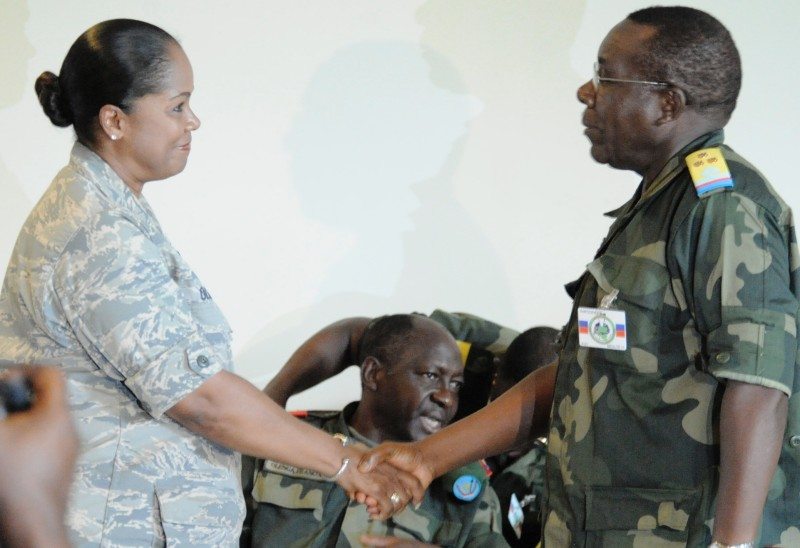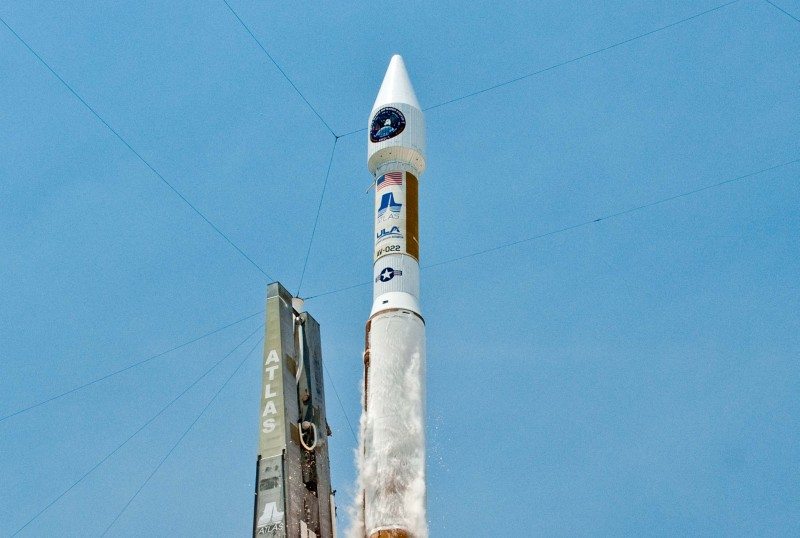Airmen and Democratic Republic of the Congo service members finished a joint-medical exercise here May 5.
The MEDLITE 11 exercise focused on aeromedical evacuation to improve the readiness of personnel.
According to Lt. Col. June Oldman, the director of MEDLITE 11, the exercise focused on five key points: reinforcing the training of the armed forces of the DRC Medical Immediate Response Unit; enhancing the capabilities of the U.S. and DRC military to respond to medical emergencies; sharing Air Force training and experiences with the DRC Medical Rapid Intervention Unit members; building a partnership and relationship with the Congolese military; and cultivating a professional DRC military as part of the U.S. government’s efforts to support peace and stability in the DRC.
“This started with a dream, a vision that evolved into our crowning feat of this two-week exercise,” Colonel Oldman said. “This was a turning point between past and future, between possibility and reality.”
This mission became a reality through the cooperation of more than 60 Air Force active duty, National Guard and reserve Airmen, Colonel June said. Those Airmen represented a broad spectrum of career fields and locations, including Wyoming, Minnesota, Illinois, Maryland and New York, as well as U.S. Air Forces Africa and U.S. Africa Command.
“(These) Airmen, officers and civilians are the epitome of professionalism, and they acted as excellent ambassadors of the U.S. here in the DRC,” Colonel Oldman said.
Having that working relationship between U.S. Airmen and Congolese service members is an integral part of mission success, said Col. Steve Ice, the 17th Air Force surgeon general.
“It is about networking, developing partnerships that you want in place before a disaster occurs,” Colonel Ice said. “The time to work together and learn about each other’s strengths and weaknesses is now, not when it is in a time of need or crisis. Those partnerships need to be made before that ever happens.”
The exercise not only advanced capabilities by conducting training in the vital skills involved in aeromedical evacuation, but it also forged partnerships that would pay strategic dividends for both the U.S. and DRC well into the future, Colonel Oldman said.
“The interaction between the members of our militaries bridged cultural divides while providing training opportunities for U.S. and Congolese service members alike,” she said.
“The U.S. Air Force was given the task of instructing us on the basics of aeromedical-evacuation training, and their hard work showed in our successful technical execution and management of the final day’s mass casualty exercise,” said Col. (Dr.) Kabanda, a Congolese military doctor who was Colonel Oldman’s direct counterpart. “They have helped the Democratic Republic of the Congo set the groundwork for the soon-to-be first-ever aeromedical-evacuation team of the Congolese military.”
“Your participation in this two-week aeromedical-evacuation training will remain throughout our history,” Doctor Kabanda said.











